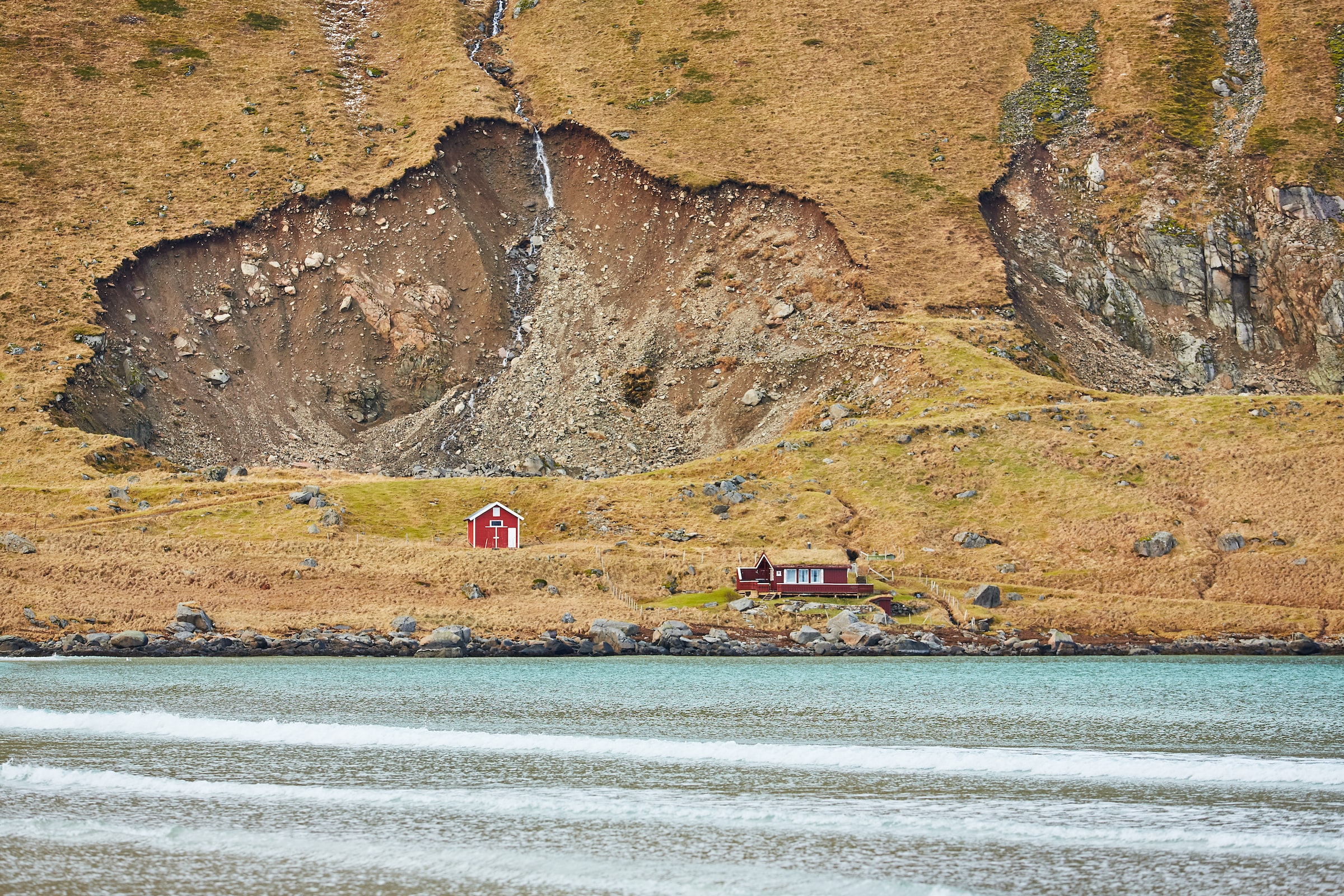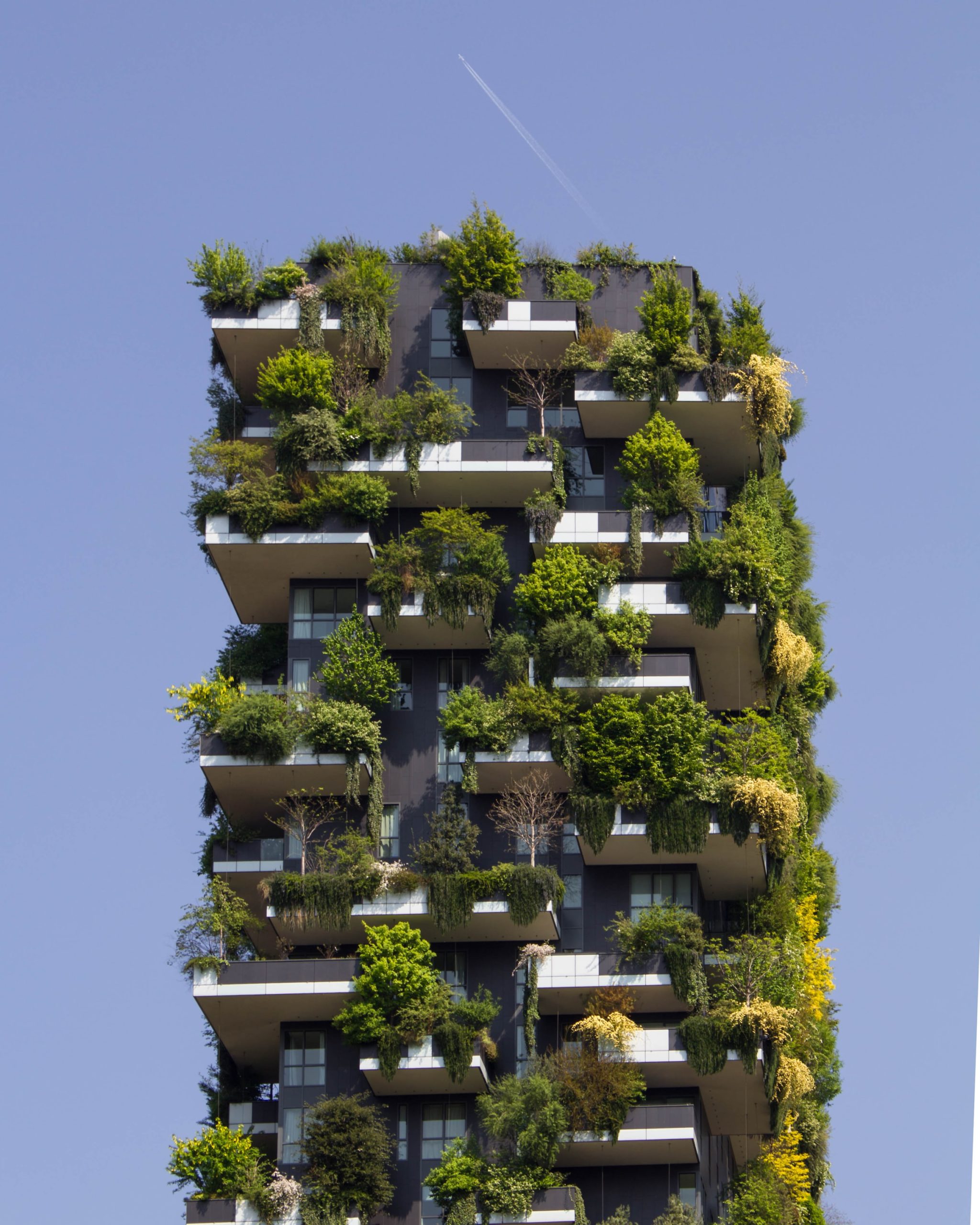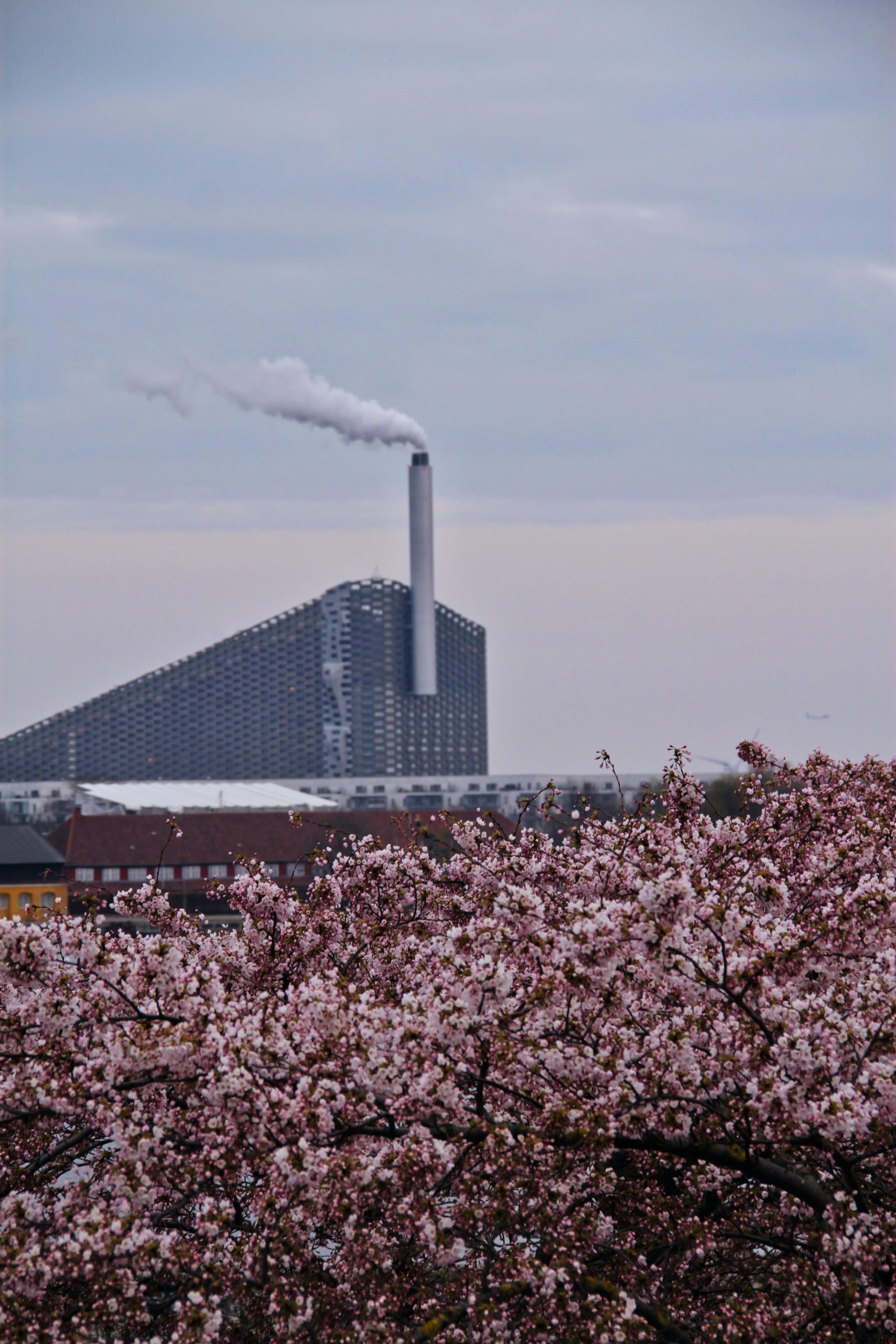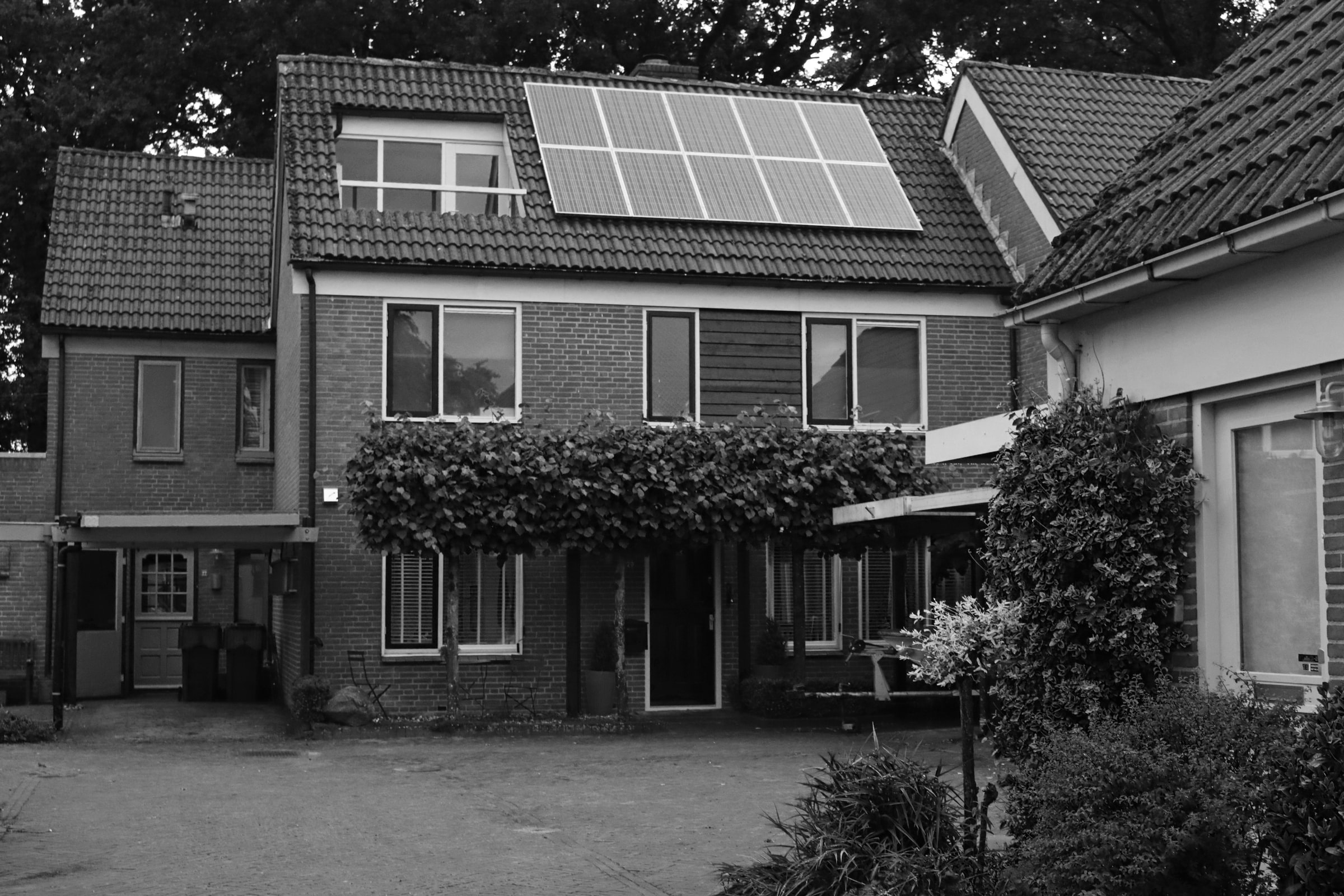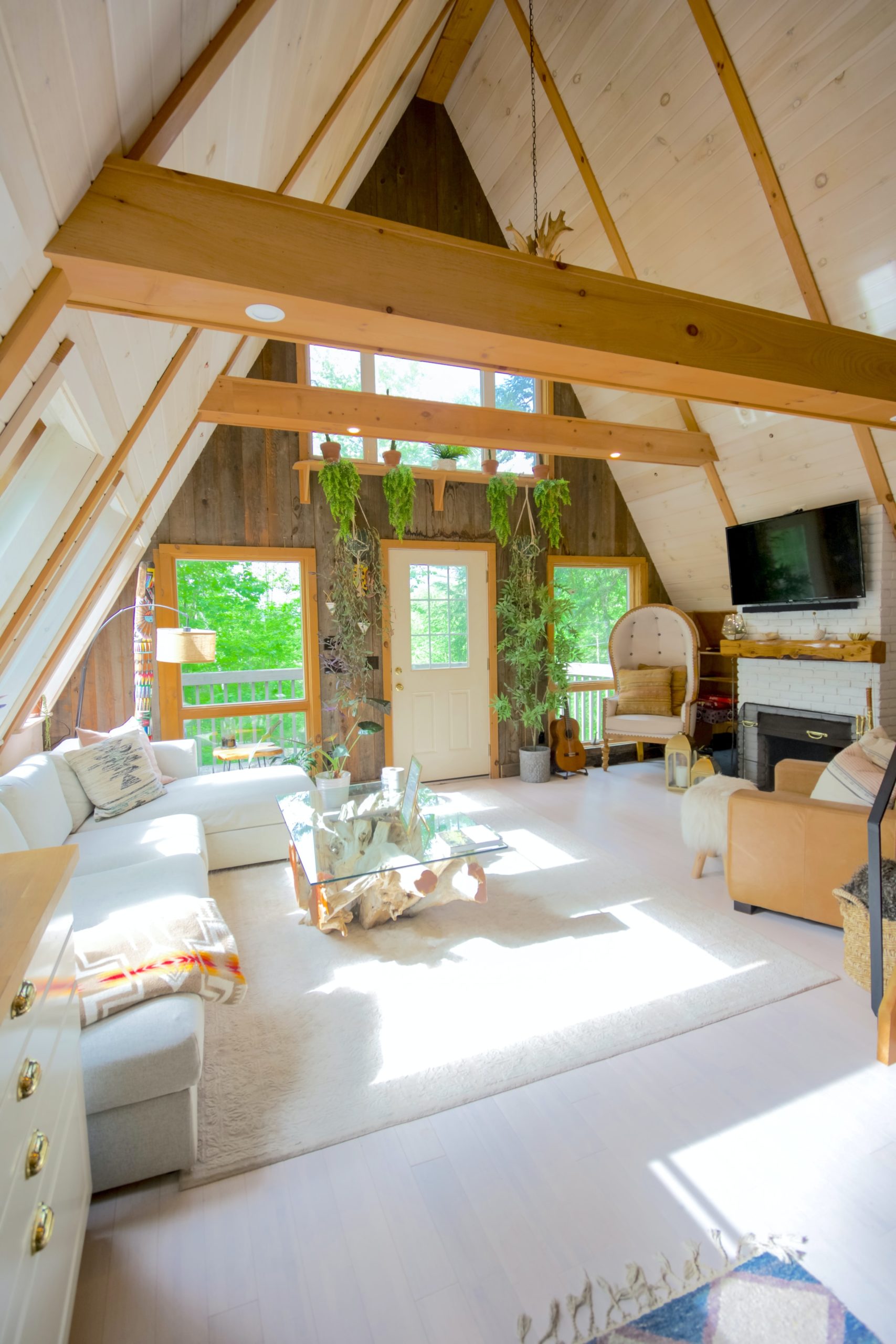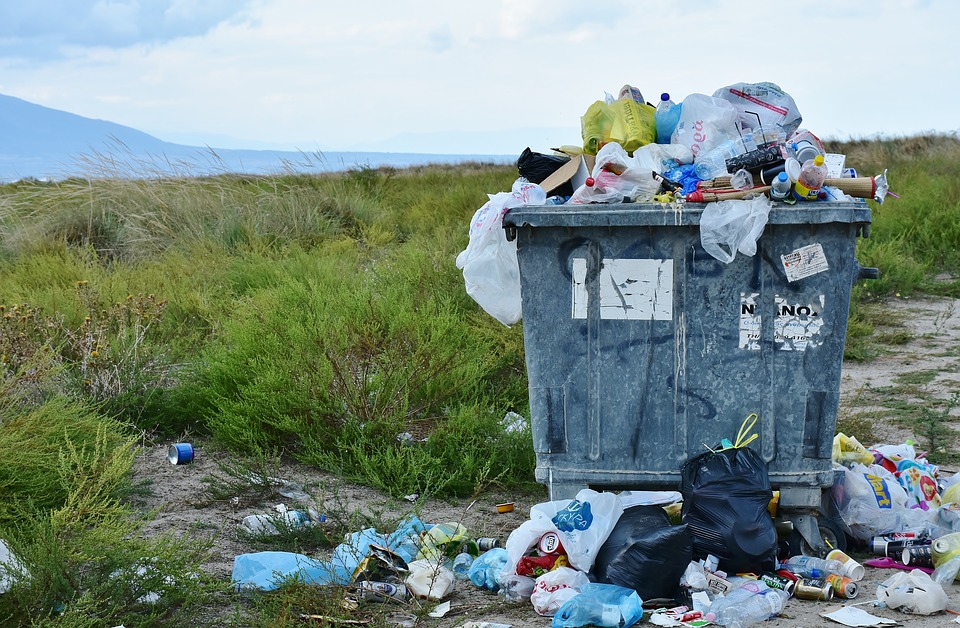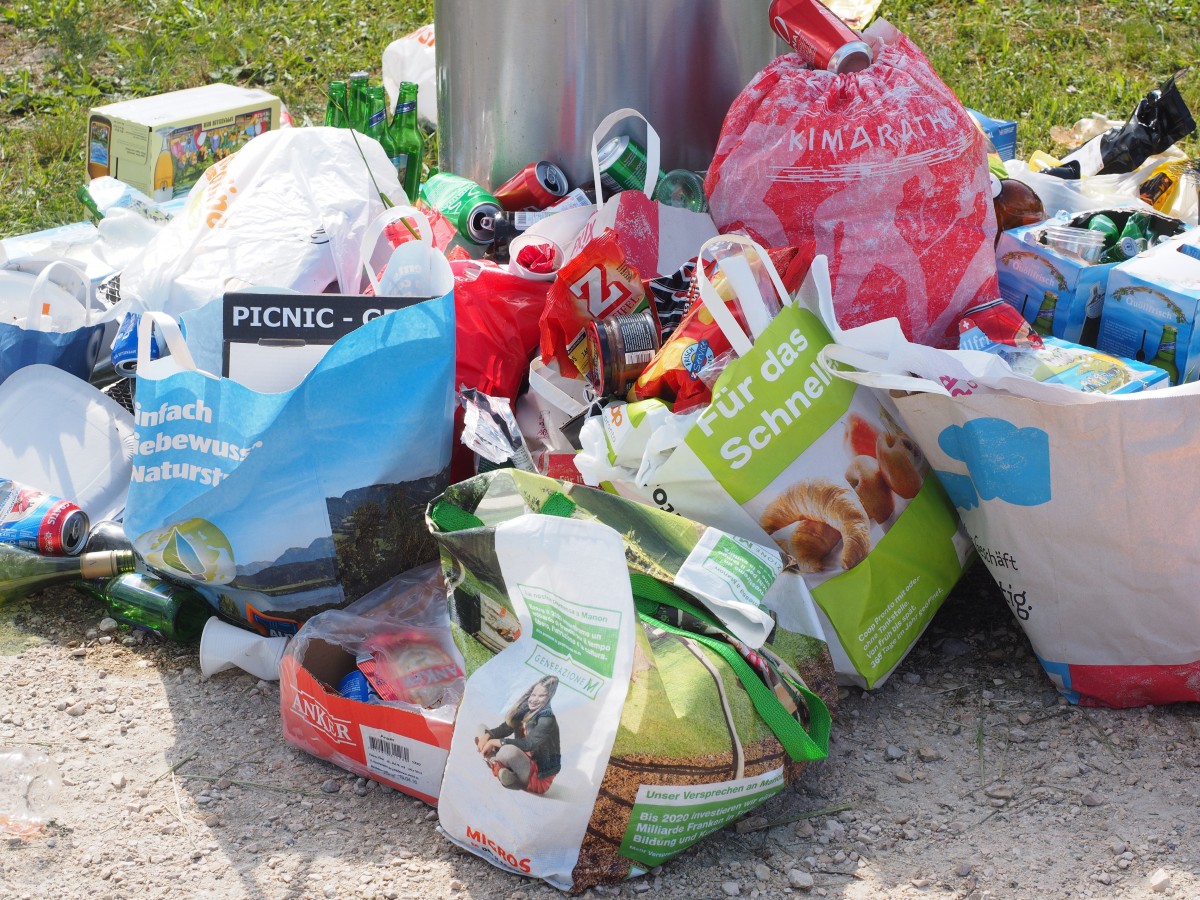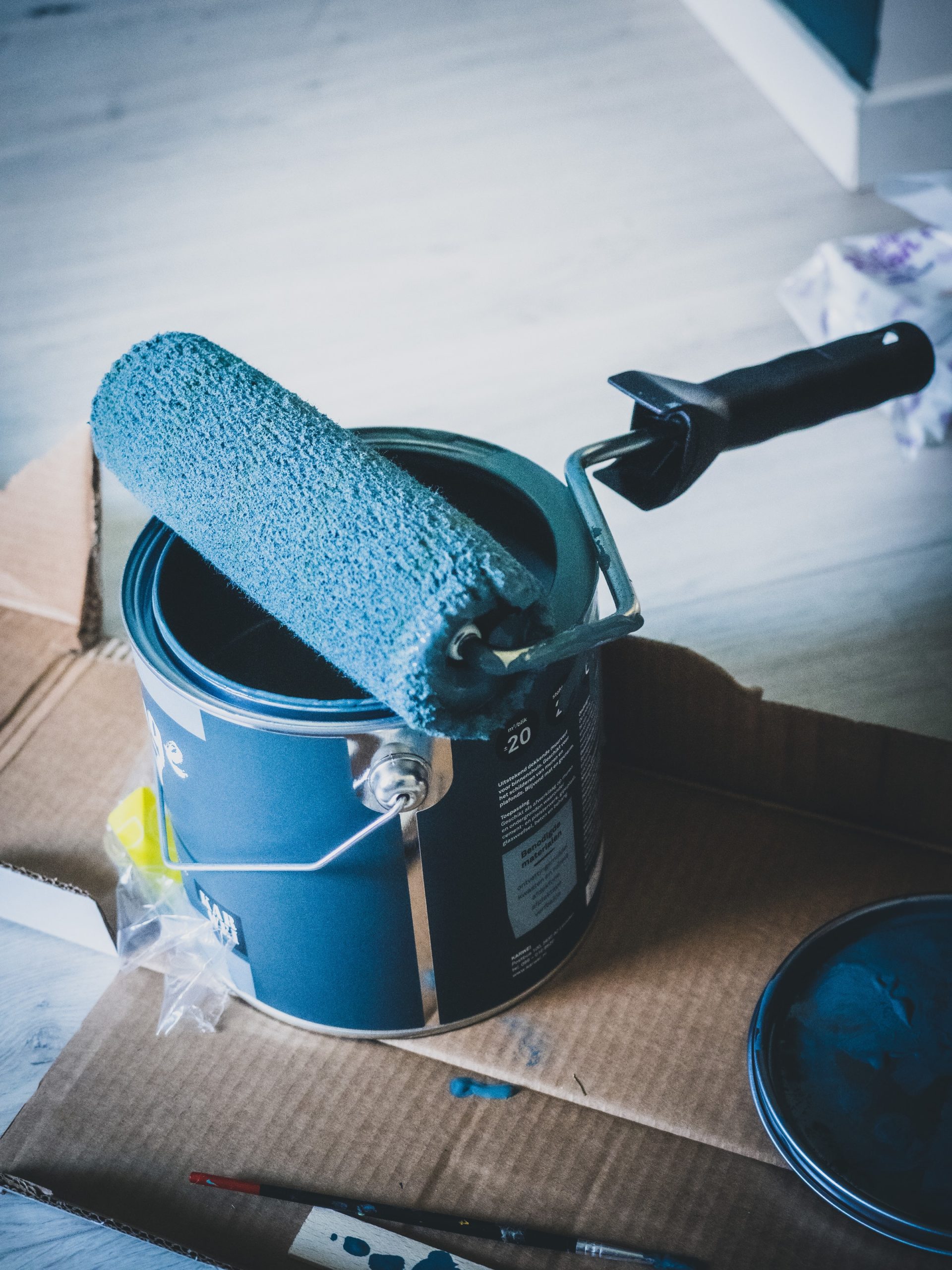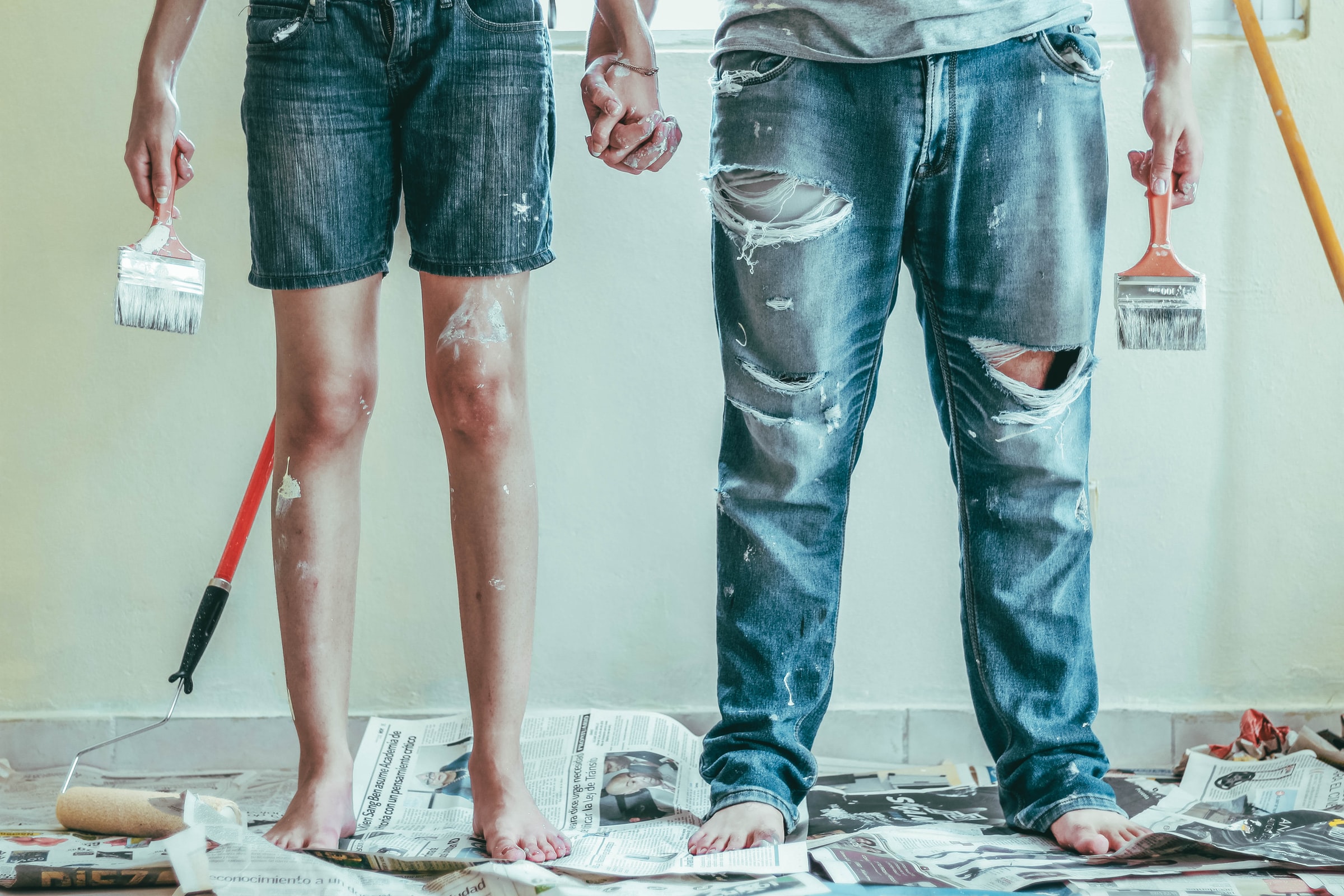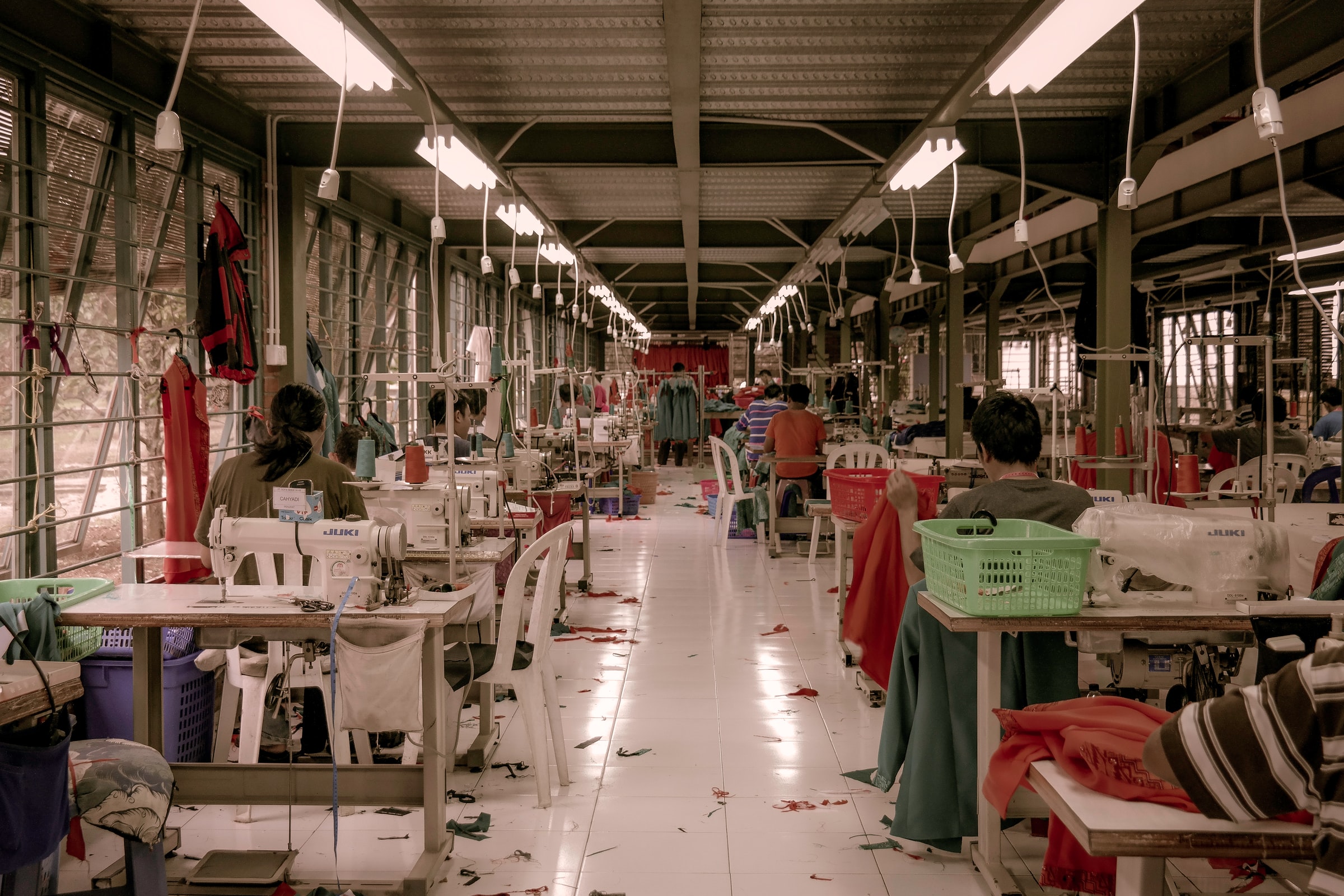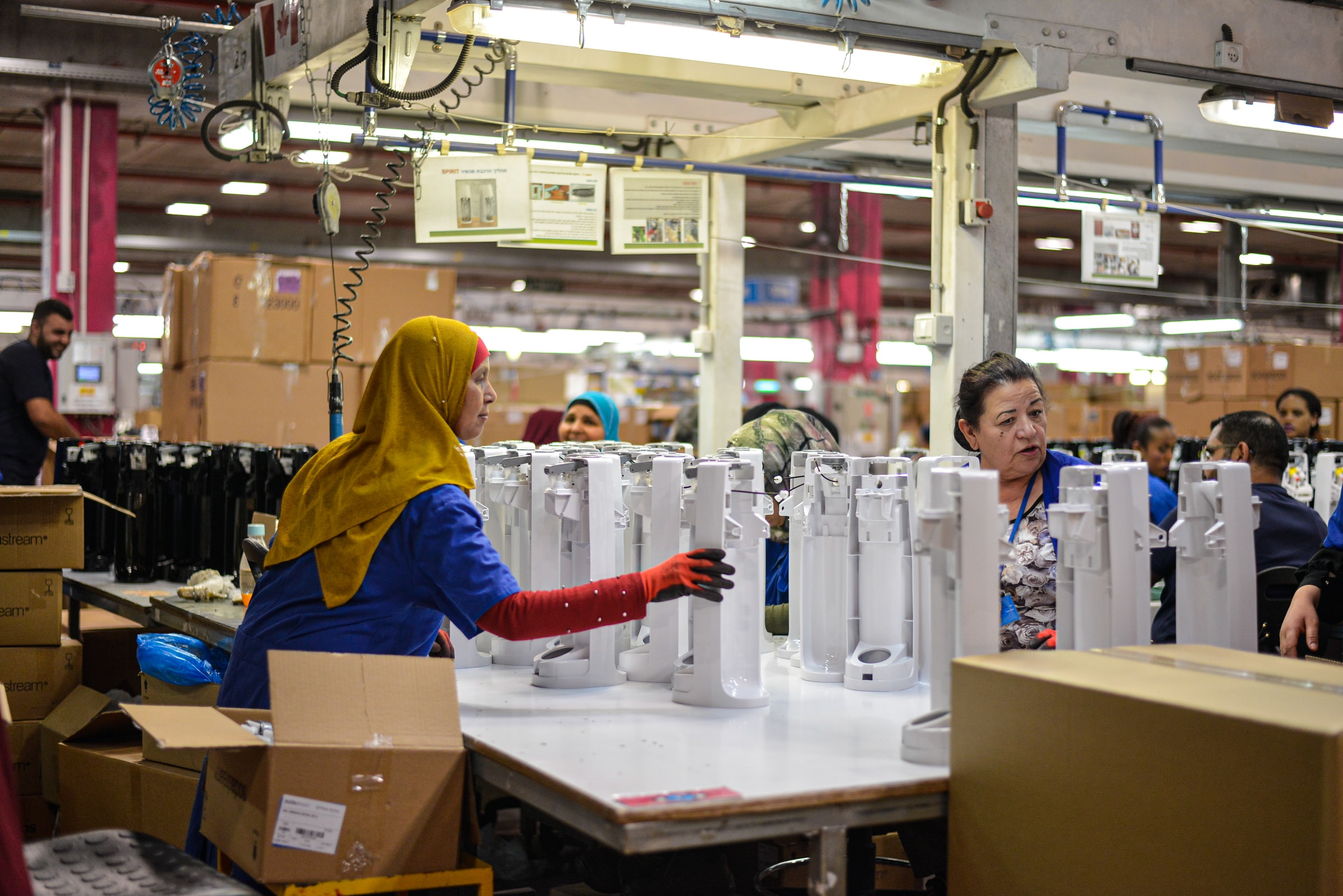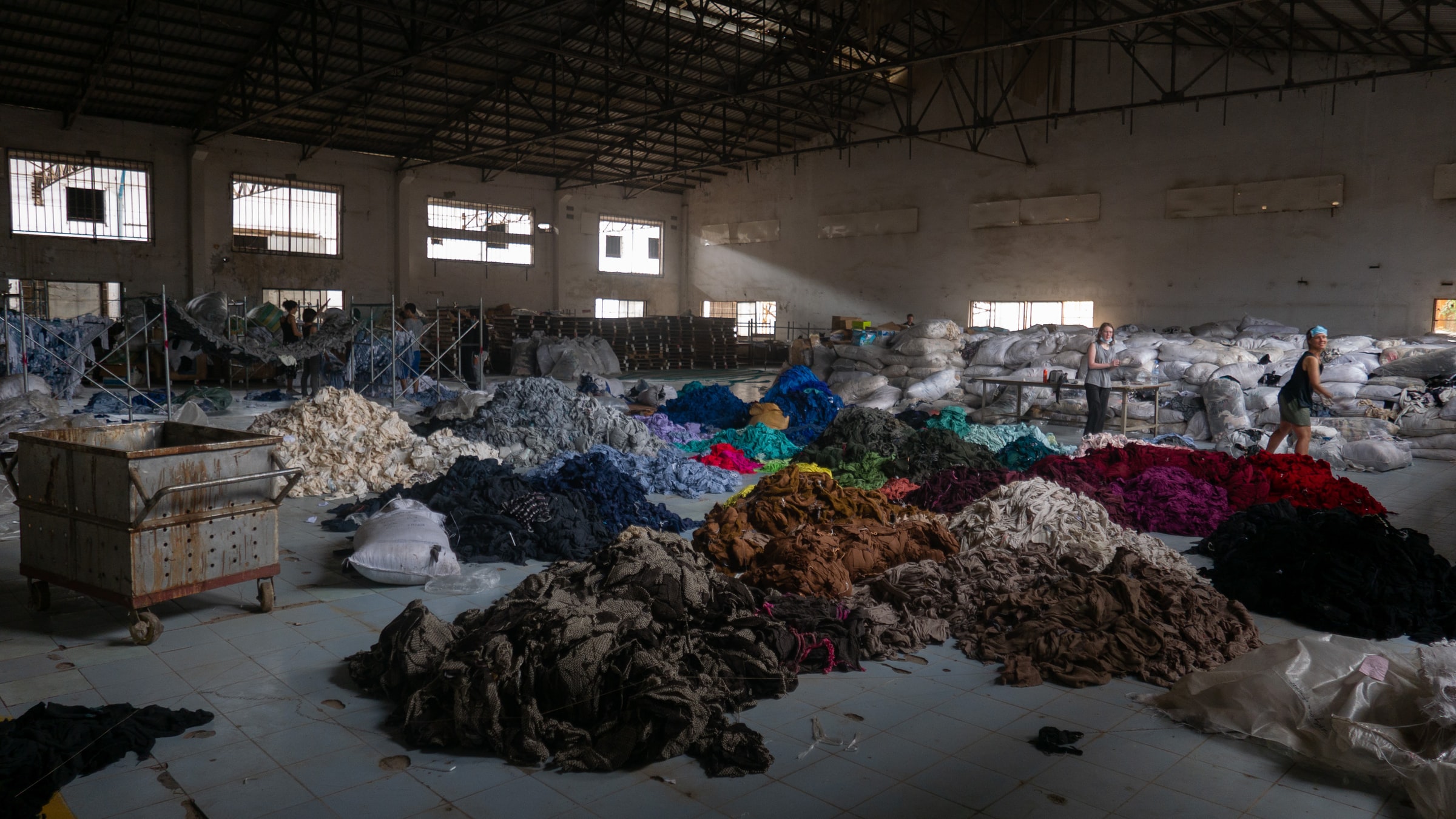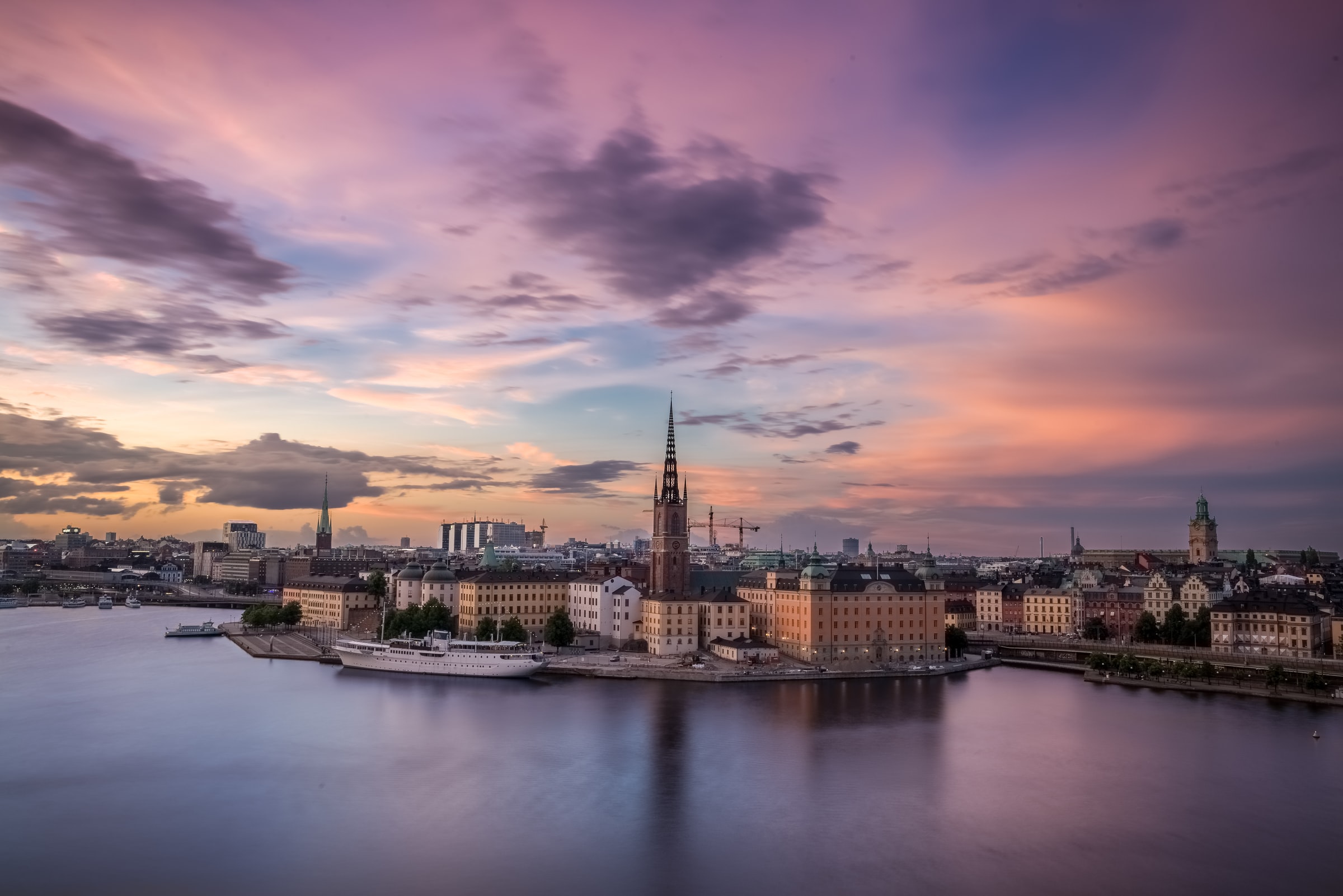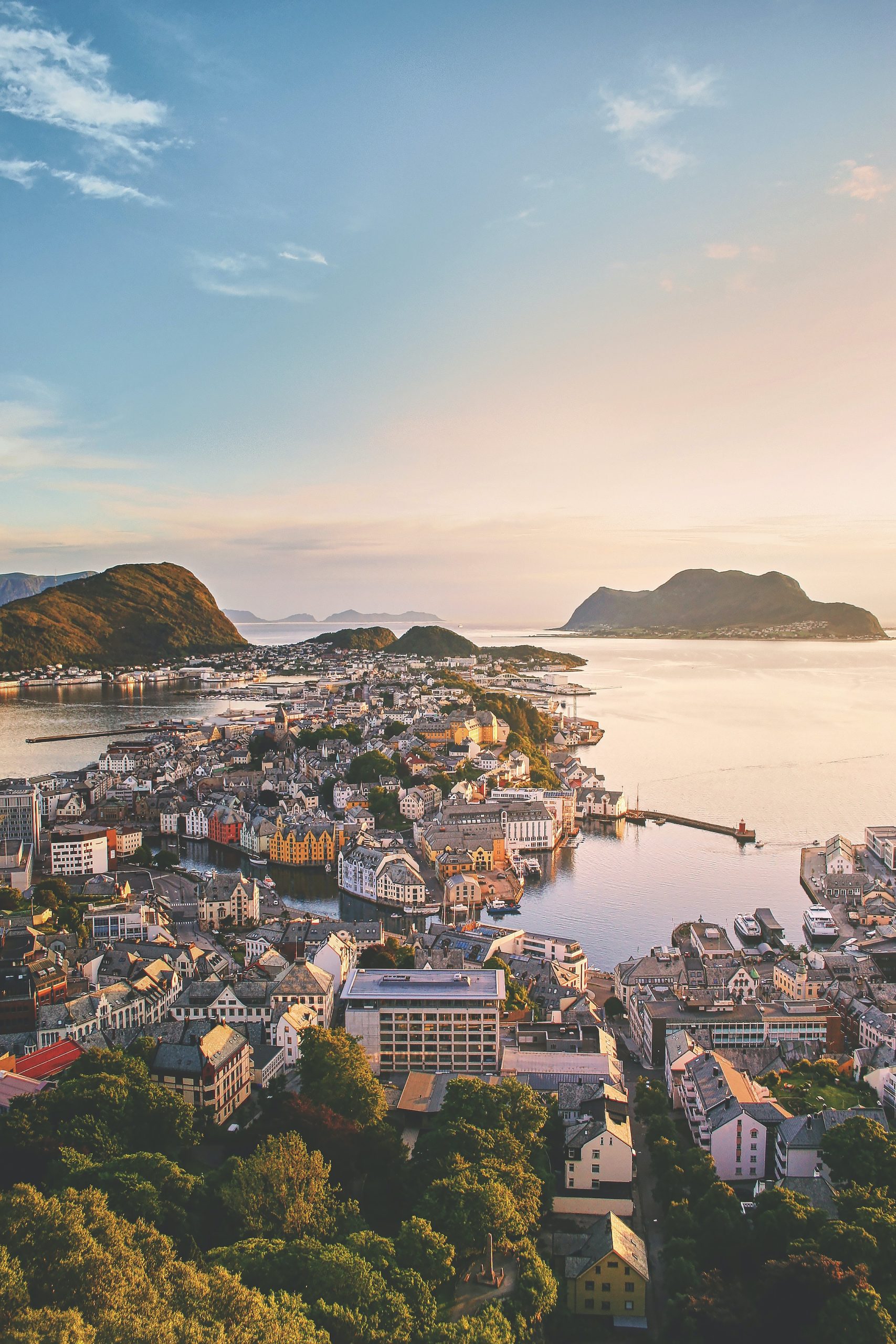When looking for a building plot, prospective owners often prefer flat land. However, sloping land is usually less expensive. If you are concerned about the risk of landslides and rockslides, retaining walls are the solution. What is this? What are the advantages of doing this type of work? What are the types of retaining walls? So, without further ado, let’s dive into this blog and learn some of the things everyone needs to know about landslides.
How to protect your home from landslides

Although landslides usually occur without warning, understanding this natural hazard and following some specific rules can help protect your family and your home.
-
- Learn about the geology of your area and the possibility of landslides.
-
- Avoid activities that increase instability. For example, don’t dig into a steep hillside, build near the top or toe of a steep slope, use fill on steep slopes, drain a pool on a steep slope, or increase the rate of water flow.
-
- Learn to identify potential hazards in your area. Examples include: cracks or bulges in a slope, unusual water flow on a slope, and small rocks or sediment falling.
-
- Know who to report these hazards to (e.g., the municipal emergency response team and municipal engineers)
What is the purpose of a retaining wall?
A retaining wall supports, contains, and resists the strong pressure of the ground. Typically seen on riverbanks and public roads, this solid block is used to hold back soil and sand that may slip away. It strengthens the foundation of a house, building, or church built on high ground. However, a retaining wall can also be used in the garden of a private individual where the area has an irregular relief.
In addition to preventing the earth from shifting with erosion, the retaining wall provides a usable area for the garden. As it allows rainwater to drain away, it facilitates the garden and lawn maintenance. Similarly, impassable slopes can become a quiet place to sit and talk. A well-made wall also enhances the landscape and increases the value of a property.
What are the different types of retaining walls?
There are three main categories of retaining walls:
-
- Self-standing walls: This retaining wall is built in a reverse T-shape built with reinforced concrete and cinder block. The construction is quite solid, as part of the wall is buried under an embankment. Although this type of work is complex to carry out, it is inexpensive.
-
- Weighted walls: the installation of a wall made with gabions is the best way to avoid landslides. Since an iron cage is used, it is easy to implement. The stone wall is also a weight retaining wall that serves as a decoration in a garden. Always stable even in the presence of abundant water, it adds charm to a landscape, especially when it does not exceed one meter in height.
-
- Riprap walls: to build it, calibrated rocks and natural rocks are placed on top of each other to create an angle.
Concerned about the beauty of your landscaping, a professional can ensure the construction of dry stone walls and vegetated walls or statues.
How to build a retaining wall?
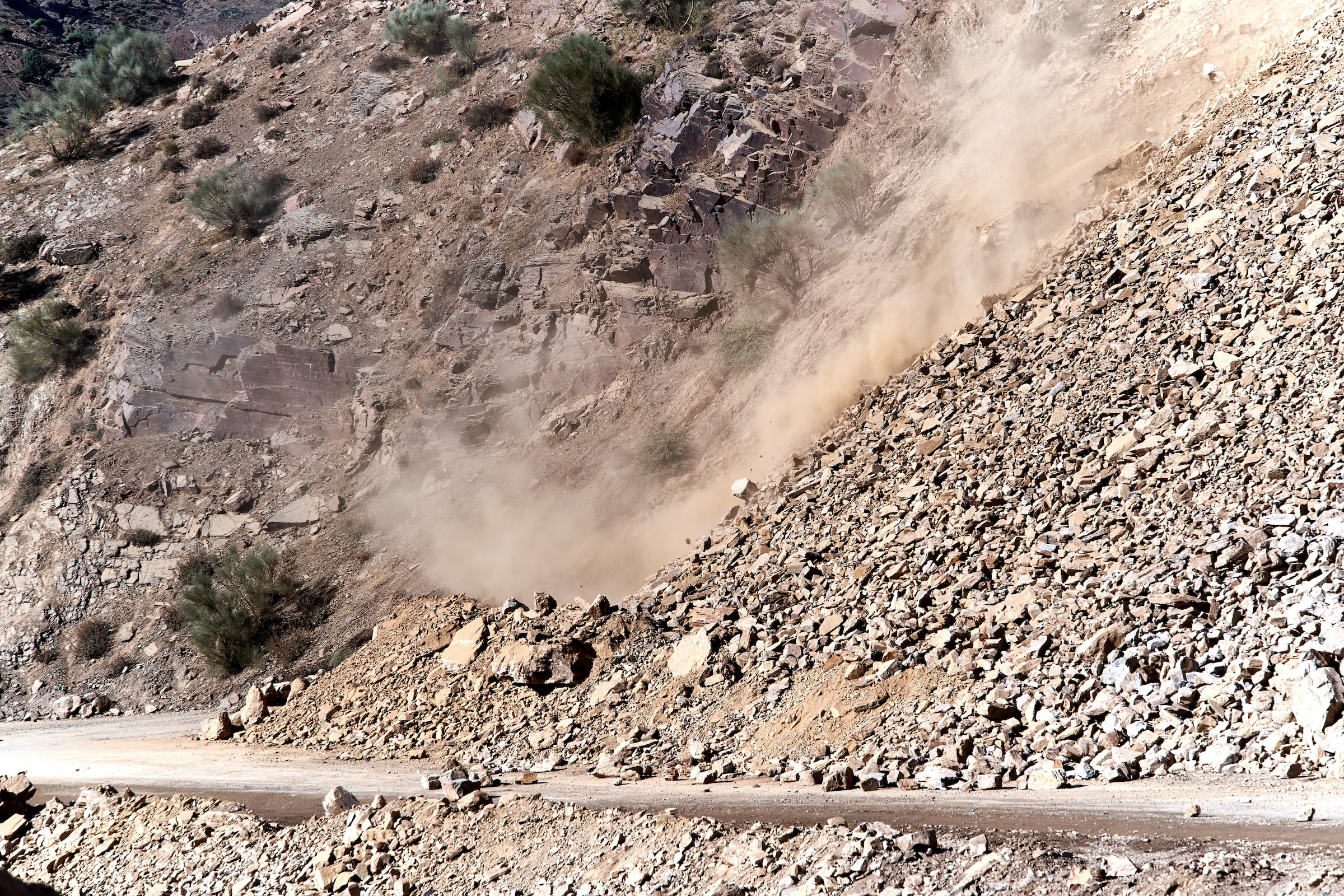
Given the importance and usefulness of this wall, its construction must be entrusted to a professional in retaining works. The durability of the retaining wall depends entirely on the quality of the work. Before launching the construction site, a soil study is even essential because it is impossible to build it on the ground made of clay, peat, and mud.
Difficult to build, a retaining wall requires extreme loads and great care. Thus, the mason must prepare the ground by delimiting the location of the walls, digging a trench, leveling the ground, and compacting the soil. He then proceeds to lay the foundation composed of solid, stable, and well-connected cinder blocks. Finally, the team responsible for the support work ensures the construction of the wall itself. It should be noted that when the terrain is too unstable, earthworks and excavation are necessary to level the ground.
Sound off in the comments section below, and tell us what you want to read next and if you want to read more about landslides.
